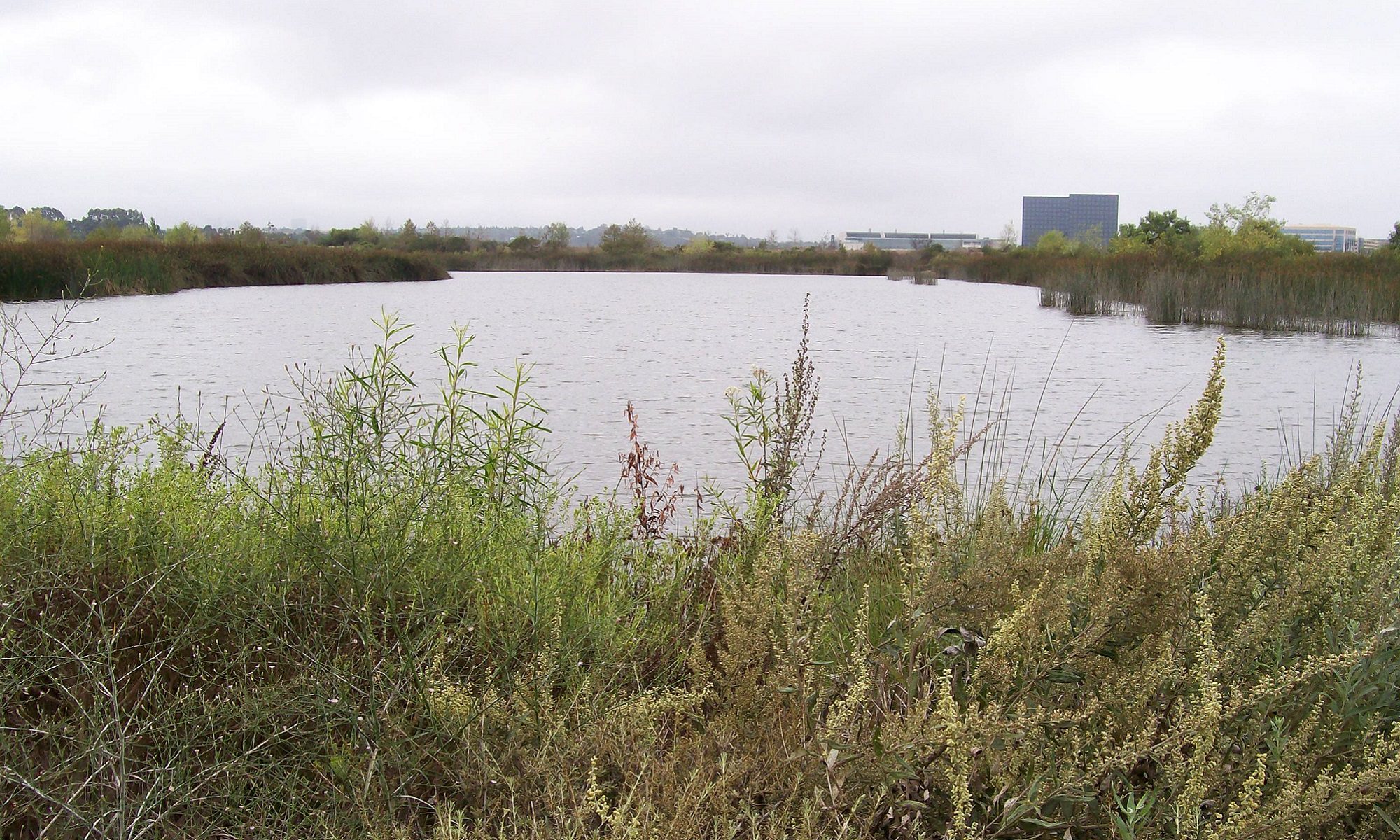Eskin Kuhn, the U.S. Marine who observed two long-tailed pterosaurs in Cuba, in 1971, has recently added some additional comments about his encounter.
I really tried to “cram” my study at that time [his 1971 sighting of two pterosaurs in Cuba], focusing on details as well as taking in the overall form and motion of the pair in flight. I tried to memorize the details that would enable me to commit them to paper in a sketch so as to accurately define the creature. . . . the long strands of hair in a tuft at the end of the tail (a brush, not flesh covered as the rest), and that detail has become muted by the many copies of the drawing, the original newsprint type coarse paper
. . . this morning I turned the corner at the base of my property and headed up the hill and saw a relatively familiar sight . . . a Great Blue Heron in flight. . . . The Heron in flight would make many a person wishing to see a pterosaur think they had. It’s great wings, short body, long heavy beak and crooked neck, prow-like chest and very long legs trailing behind with curved toes resembling a tail . . . it puts you in mind of such creatures as pterosaurs . . . unless you have actually seen pterosaurs. Then the differences are dramatic.
Two Pterosaur Sightings in Cuba
We were walking through [a] scrub area, and suddenly it sat up, as if it had been eating something or resting. . . . right in front of us about thirty feet away. . . . I looked at his [Eskin Kuhn’s] drawing, and if I had to make any changes I would make the tail maybe six inches shorter and the wings maybe 10% longer, maybe even 15%, but the proportions of the head are very good, and the body and the hind legs are exactly as I remember.
An eyewitness of a long-tailed featherless flying creature has recently come forward: Patty Carson of Southern California. She witnessed the “Gitmo Pterosaur” when she was a child, on the Guantanamo Bay Naval Base, in 1965. Jonathan Whitcomb, the cryptozoologist who interviewed her, believes the flying creature is related to the kongamato of Africa.
All this brings up the question about pterosaur extinction: “Why are these flying creatures not extinct but still flying around?” In reality, dinosaurs and pterosaurs have been assumed to be extinct, in all of their numerous species. This has been repeatedly taught without explanation, as an assumption portrayed as if scientific fact. No dinosaur or pterosaur has been proven to be extinct, let alone all species of a particular type.
Of course the correct word is “pterosaur,” not “flying dinosaur.” Some cryptozoologists believe the “Gitmo Pterosaur” of Cuba is related to the kongamato of Africa and the ropen of Papua New Guinea.
From 1994 through 2009, about nine Americans have intermittently (and usually two or three at a time) visited remote islands of Papua New Guinea, searching for flying creatures: a living pterosaur. On Umboi Island, it’s called “ropen,” but it’s also known as “duwas,” and “seklo-bali.” Most of the evidence they have gathered is native eyewitness testimony.


